Blockchain and BIM: 1. Introduction
A clarification before we begin:
The ideas presented in this series of articles on BIM and Blockchain stem from our personal opinión, based on our experience and are defined within a very specific timeframe. Technology changes very quickly, and these observations could become obsolete in a short time.
What is Blockchain?
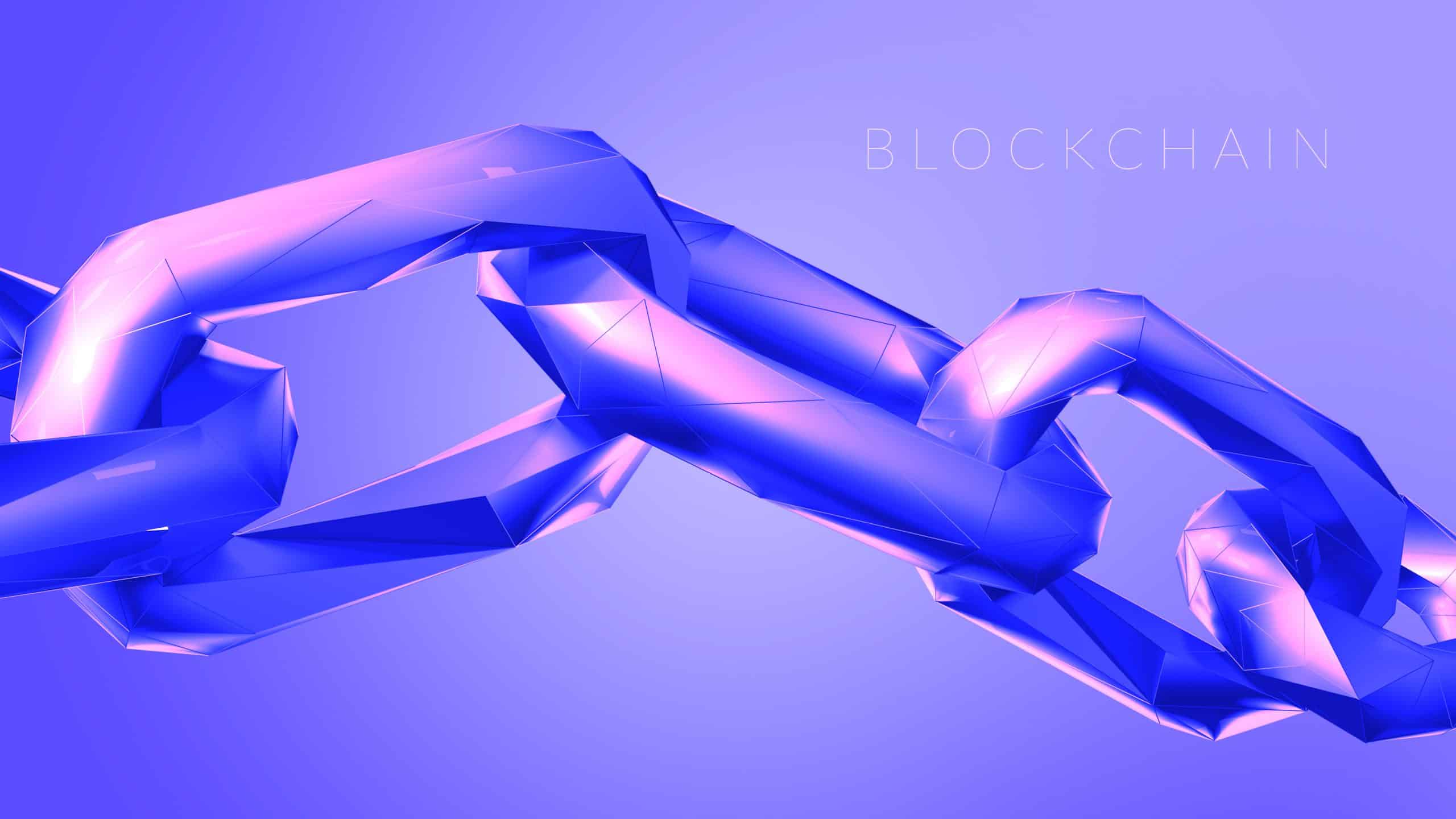
In simple terms, we could define Blockchain as a digital ledger or distributed database across a decentralized network (DLT) where each entry is recorded with an immutable cryptographic signature (HASH) and grouped into blocks with the rest of the entries.
The concept of blockchain can encompass multiple variations and uses. In this text, we will focus on “Enterprise blockchains,” semi-private blockchains (“Permissioned blockchains” in their federated or consortium variant), and their use as a platform to facilitate and/or automate processes and transactions between different parts of a business environment, which are what we try to emphasize alongside BIM.
The main differences between these and public chains are:
Privacy
Data does not have to be public; it can be kept within the group participating in the chain.
Operations Funding
While gas is used for each operation in public chains, in private networks, a membership fee is usually paid for access.
Efficiency
Since they are smaller networks, performance is increased, and the number of operations per second that can be carried out is higher.
What features does it offer?
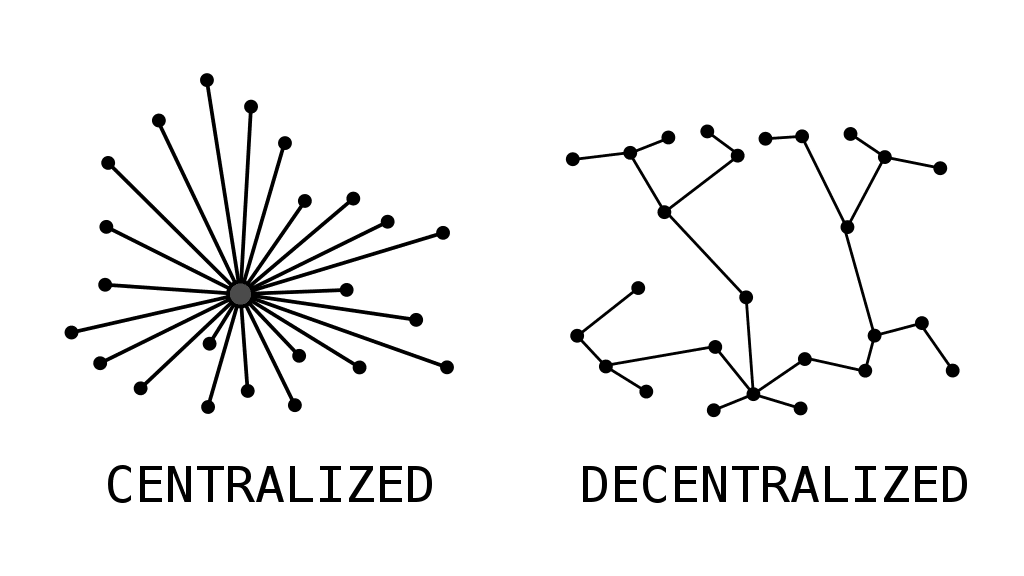
Consensus
To add a new record, it must be validated by all relevant participants.
Transparency
All records are unified in one place to which all parties involved have simultaneous access.
Immutability
Once a new record or block has been created and approved, it cannot be modified or deleted, ensuring that the information remains unchanged.
Traceability
All pieces of information added since the creation of the chain are available for consultation or auditing.
Ability for automation
Transactions can be automated through smart contracts and integrations within other platforms.
Decentralization
This is more relative when it comes to private chains, but it still offers a system that does not depend on third parties or proprietary solutions.
What can it be used for?
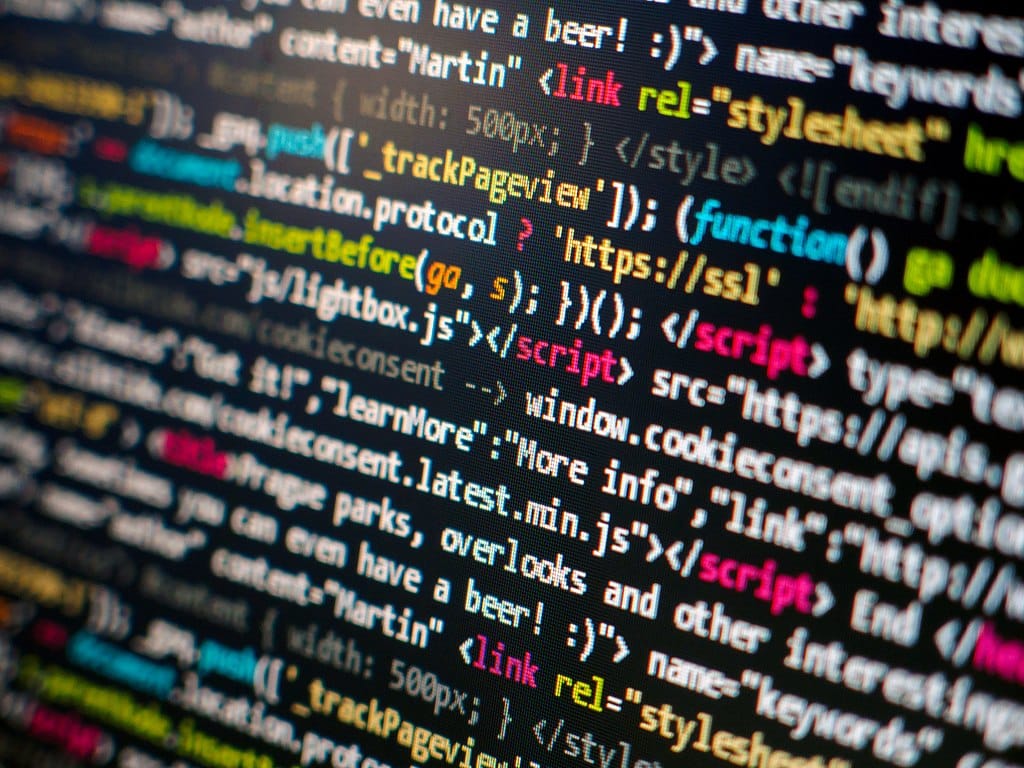
Identity and digital registry
Blockchain technology allows us to documentarily control an asset in a unified manner throughout its life (“asset life-cycle management”) in a decentralized manner, increasing accessibility and interoperability (no more searching in 10 different databases and APIs, having to request 20 permissions along the way) and ensuring the integrity of the information.
Smart contracts
Through a smart contract, we can define responsibilities and automate processes by creating fulfillment conditions, bringing the logic followed by a computational program closer to business logic.
Let’s propose an example using pseudo-code to make it easy to understand:
In this example, upon achievement and validation of an objective, the payment clause would be executed without the need for intermediaries.
smart_contract project()
Company A = Hires the services
Company B = Provides the services
completed = (Completion conditions including the deadline)
€ = Agreed total payment
$ = Total penalty for non-compliance
pay = Payment process
If (project = all completed(before deadline))
Company A pays € + 10% of € to Company B
If (project = all completed(on deadline))
Company A pays € to Company B
If (project = all completed(between 1 and 5 days past deadline))
Company A pays € - 10% of € to Company B
...
If (project = NOT completed(after 30 days past deadline))
Company B pays $ to Company A
Asset tokenization
Within the Blockchain, we can encounter unique and indivisible tokens (NFT or “non-fungible token”) as well as “generic and divisible” tokens (each token representing the same value of an asset, for example, a unit of Bitcoin).
Asset tokenization allows us to manage the value of physical assets within the blockchain using fungible tokens, opening up new investment opportunities.
For example, we could buy a real estate asset worth 1 million euros and link it to a million tokens initially valued at 1 euro. If this asset were sold for 1.5 million, each token would have appreciated by 50 cents.
Supply chain monitoring and digital passport
The incorruptibility and ease of supervision of the chain present an ideal framework for recording each step of the supply chain to its origin, including compliance with parameters and policies that allow us to accredit each modification and/or process on the “tracked” element.
With the collaboration of governments, we could reach an ideal point with automated homologations based on the digital passport. This would allow tasks such as importing construction materials from countries with different homologation systems not to be delayed for days due to bureaucratic procedures.
How is it used?
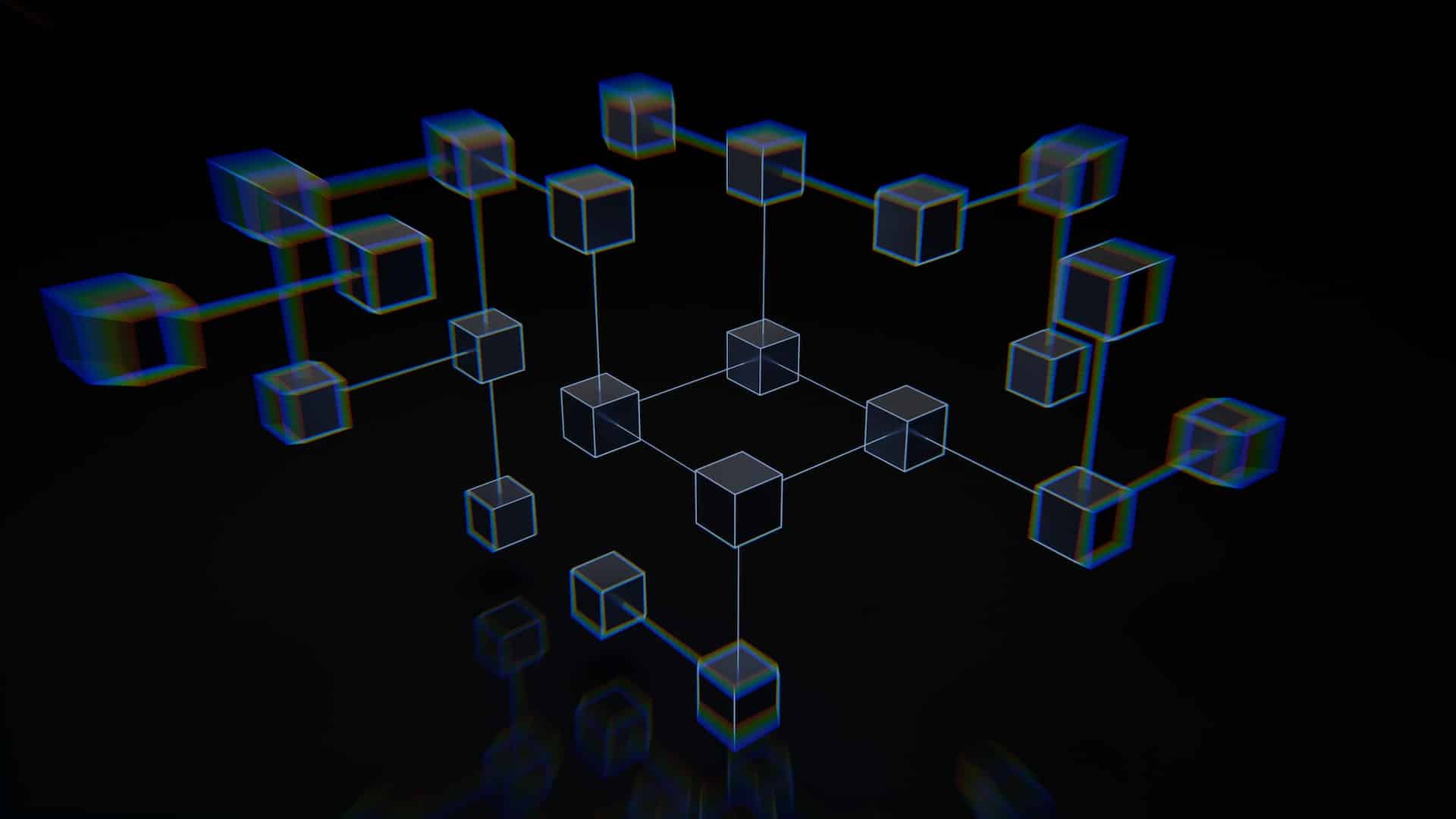
The utilization will depend on the application developer. The simplest approach is to use web or app implementations, and the ideal approach is to integrate it as an additional layer within tools that are already part of our usual repertoire.
Anyway, the “complicated” and unique part should remain on the developer’s side, and as users, we should not notice any difference compared to the use of a “traditional” solution.
We already have examples in the multiple DAPPS that we can find in markets like Play Store or in web format.
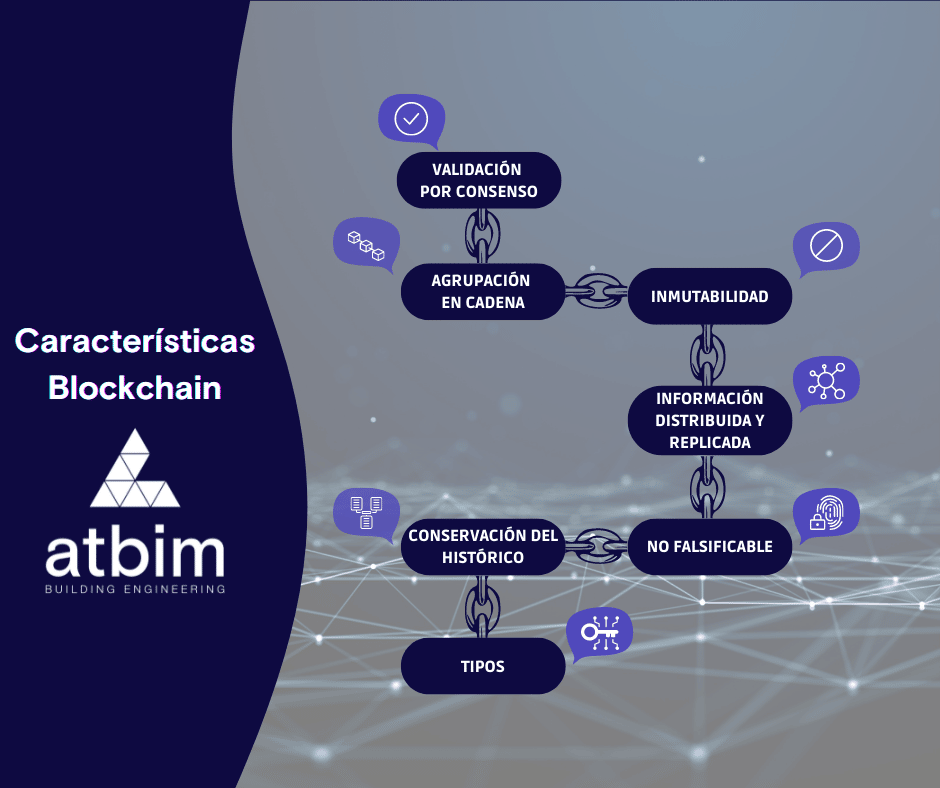
To be continued in the next post: “Blockchain and BIM: 2. Use and economy“
Lo sentimos, no pudimos encontrar ningún post. Por favor ensaye una búsqueda diferente

